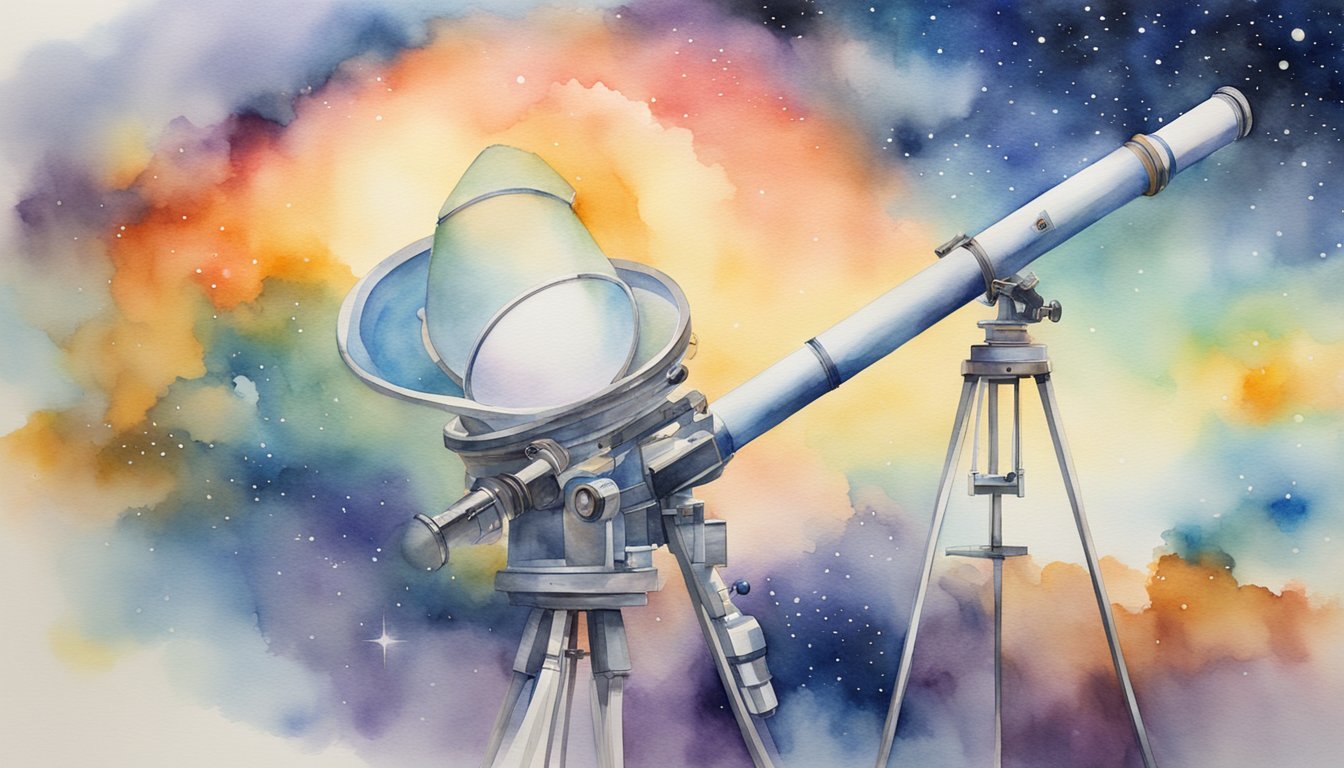JWST Mission Overview
The James Webb Space Telescope (JWST), an international program led by NASA with its partners, ESA (European Space Agency) and the Canadian Space Agency, represents a leap forward in space science observatory technology. Launched aboard an Ariane 5 rocket in December 2021, JWST has been designed as the successor to the Hubble Space Telescope.
The primary mission of JWST involves exploring cosmic history, from the Big Bang to the birth of alien worlds and beyond. It is equipped with a 6.5-meter primary mirror, a size significantly larger than its predecessor’s, allowing for a more expansive view of the universe in the infrared spectrum.
Managed by the Goddard Space Flight Center, the JWST’s deployment in space was a highly complex process, involving multiple layers of sunshields the size of a tennis court to keep its instruments below -370 degrees Fahrenheit, a vital requirement for infrared observations.
Key objectives include:
- Analysing the atmospheres of exoplanets, potentially unraveling the mysteries of other worlds.
- Observing the very first galaxies formed.
- Understanding the lifecycle of stars.
The JWST’s cutting-edge technology has opened up new possibilities for astronomers and the collecting of latest Webb News, furthering humanity’s understanding of the universe. Its significant contributions to space science continue to foster discoveries and insights into the cosmos.
Scientific Discoveries and Imaging Breakthroughs

With the James Webb Space Telescope (JWST), a plethora of scientific discoveries have illuminated our understanding of the cosmos. These findings, ranging from uncovering the intricate details of distant galaxies to peering into the atmospheric compositions of exoplanets, represent a monumental leap in observational astronomy due to the JWST’s unprecedented resolution and sensitivity.
Galactic Explorations and Findings
The James Webb Space Telescope’s best images reveal much about our expansive universe. This includes detailed observations of the structures and compositions of galaxies, highlighting spirals arms and star-forming regions. For instance, JWST made crucial observations of the earliest galaxies, giving us a glimpse into the universe’s history.
Exoplanet Research and Analysis
In exoplanet research, Webb’s capability to examine atmospheric details has been groundbreaking. Notably, it discovered methane and carbon dioxide in the atmosphere of an exoplanet named K2-18 b, significantly advancing the search for habitable environments outside our solar system.
Technological Advancements and Instruments
The JWST hosts a suite of sophisticated instruments like NIRCam, which have been pivotal in its scientific conquests. These technological advancements have allowed astronomers to resolve stars and galaxies in unprecedented detail, peering through the gas and dust of nebulae to uncover the secrets of star formation.
Noteworthy Observations
Among the significant observations are those of cosmic structures such as the Carina Nebula and the Southern Ring Nebula. Capturing these regions in crisp infrared images, JWST has provided new insights into the processes within these vibrant, star-forming complexes.
Community and Educational Impact
The JWST’s contributions extend beyond the realm of professional astronomy. They foster a growing interest in space science within the community and have become valuable educational resources. Through public talks, like those held by the Space Telescope Science Institute’s Klaus Pontoppidan and Alexandra Witze at an auditorium, the telescope has become an icon, inspiring future generations of astronomers and engineers.

